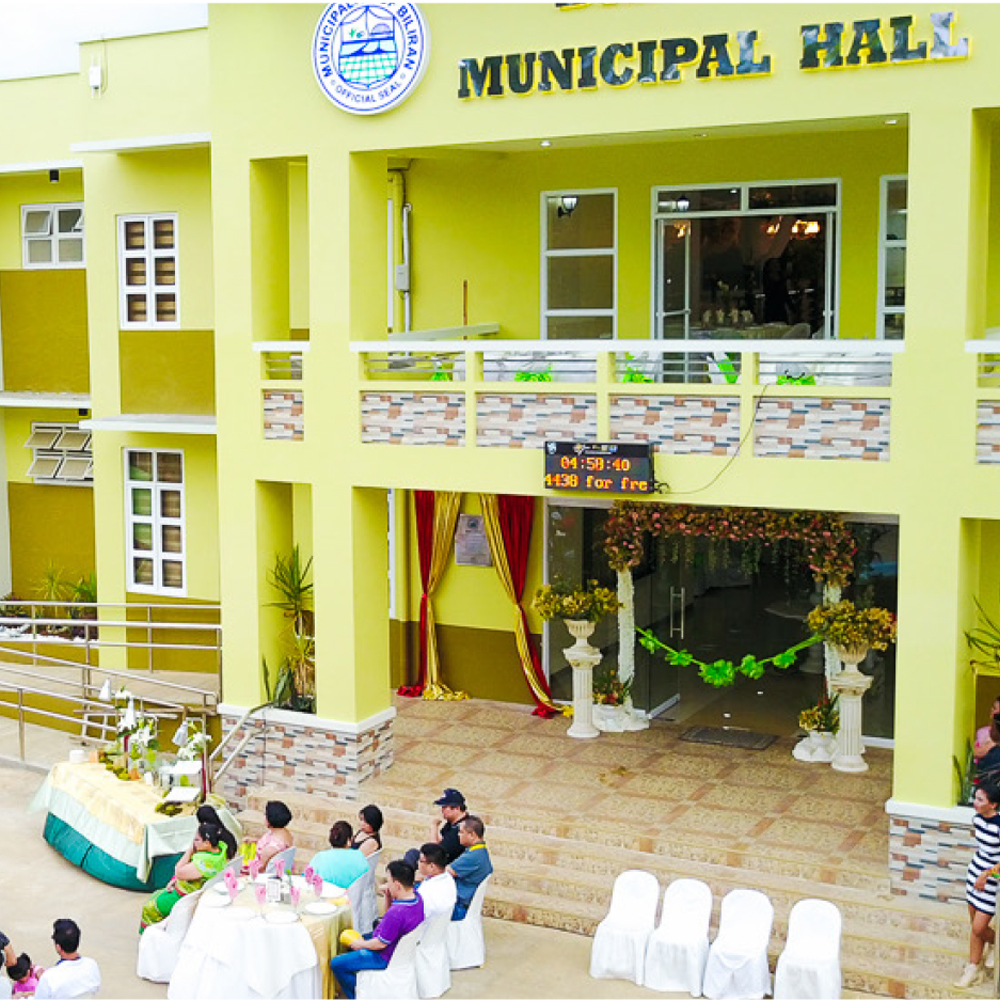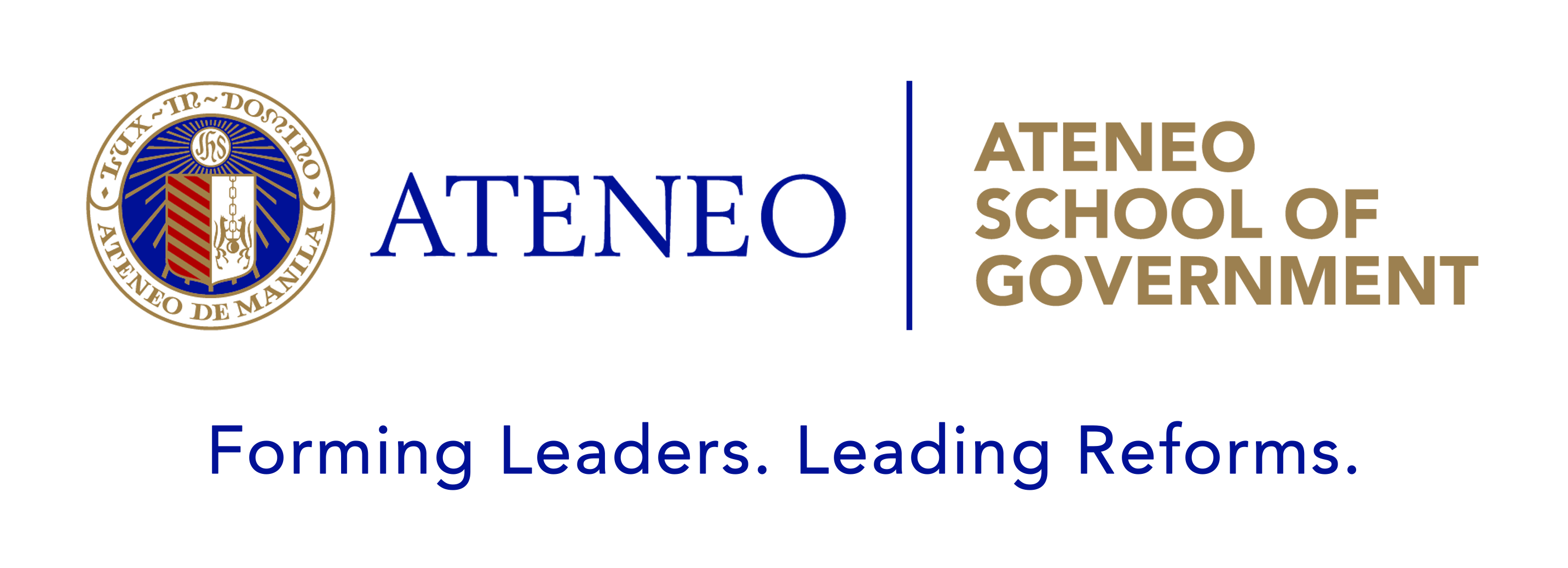Local Governance
Socioeconomic Issue on Spotlight

Almost three decades after the enactment of the Local Government Code of 1991, many local governments still face difficulties in addressing the most basic needs of their constituents. One can remember that it was through this Code that the national government devolved some basic services to local governments.
Planning is an important factor for effective local governance. However, a study by Domingo and Manejar (2018) found that barely a third of cities and municipalities in the country had the approved comprehensive land use plans (CLUP). Moreover, these plans were not the enhanced plans with inputs from climate and disaster risk assessment.
Moreover, a study by Diokno-Sicat et al. (2020) identified policy and governance gaps in infrastructure and planning of local governments. It found a low revenue effort and the inadequate use of the mandated funds for development across municipalities, which contributed to their delayed development.
Innovations and other interventions have also been introduced to local government units (LGUs) to improve their performance. However, most LGUs have experienced difficulties in adopting these interventions.
One of these interventions is the Performance Challenge Fund (PCF), an incentive fund to LGUs in the form of counterpart funding for their high-impact capital investment projects. It is funded out of the 20-percent Local Development Fund. While majority of the municipalities appreciated the PCF, Diokno-Sicat et al. (2020) found that about 20 percent of them were not eligible to receive it. Most of these municipalities were low-income LGUs in Bicol and Central and Eastern Visayas regions.
Another study by Diokno-Sicat et al. (2020) also looked at the use of the community-based monitoring system (CBMS) as a tool in drafting the comprehensive development plan (CDP). The results of a nationwide survey revealed that majority of municipalities used the CBMS not just for ecological profiling in development planning but also for budget preparation and priority setting. However, local governments did not regularly allocate funds for CBMS data collection.
Meanwhile, Manasan et al. (2017) assessed the impact of the bottom-up budgeting (BUB) program on LGUs’ poverty alleviation and the strengthening of social capital. Their study found that BUB was not associated with a greater increase in per capita household income at the provincial level. However, the household respondents had a positive perception of BUB projects implemented in their communities in terms of having directly benefited from the projects.
In terms of LGU adoption of innovations, Iglesias (2010) reported that the volume of work related to services provided by LGUs could be made more efficient, effective, transparent, accountable, and equitable using relevant technologies. Factors that may slow down the use of information and communications technology (ICT) for providing public service were the high costs of preparing a transactional website and issues on acquiring skilled employees and staff turnover.
Effective leadership is also an important driver for the local government to adopt innovations. Capuno (2010) found that observable qualities and possible incentives of incumbent mayors were empirically linked with their reported number of innovations. These included the incumbent’s age, educational attainment, experience in the public sector, reelection status, and term in office, controlling for other factors. The fiscal capacity of the local government and the poverty status of the local population were also found to be statistically significant.
Several policy recommendations have been proposed to assist LGUs in improving their performance.
To address policy and governance gaps, Diokno-Sicat et al. (2020) urged the Department of the Interior and Local Government to enforce strict compliance among the LGUs in the regular updating of their of their multisectoral development plans.
Meanwhile, Domino and Manejar (2018) urged LGUs to enhance their major planning documents, such as the CLUP, and to reflect their climate change and disaster risk reduction and management initiatives in the CLUP and CDP for proper planning and investment programming.
Diokno-Sicat et al. (2020) also called for the conduct of reorientation of local partners on the CBMS and the regular updating of development indicators to increase the system’s relevance for development planning. They added the need for the government to revisit the objectives and design of the PCF and the Seal of Good Local Governance (SGLG). This step will ensure that no LGU is left behind given that more financially able municipalities qualify for the SGLG compared to poorer municipalities.
Iglesias (2010) emphasized e-administration to ensure that organizational processes exist to support public service delivery over the internet. He also called for the development of LGUs’ information policy and the institution of a system for identifying, anticipating, and preventing problems and failures in local ICT investments.
Capuno (2010) also recommended honing the leadership qualities of incumbent mayors for greater adoption of innovations through capacity-building programs.
Finally, Lavado et al. (2009) noted that meaningful and genuine local autonomy would mean the economic empowerment of the people as contributors to inclusive economic growth in their localities and catalysts of positive change in the country. Thus, local governments must provide an enabling environment and facilitative conditions to realize such economic and political potential.
SERP-P Resources on Local Governance


